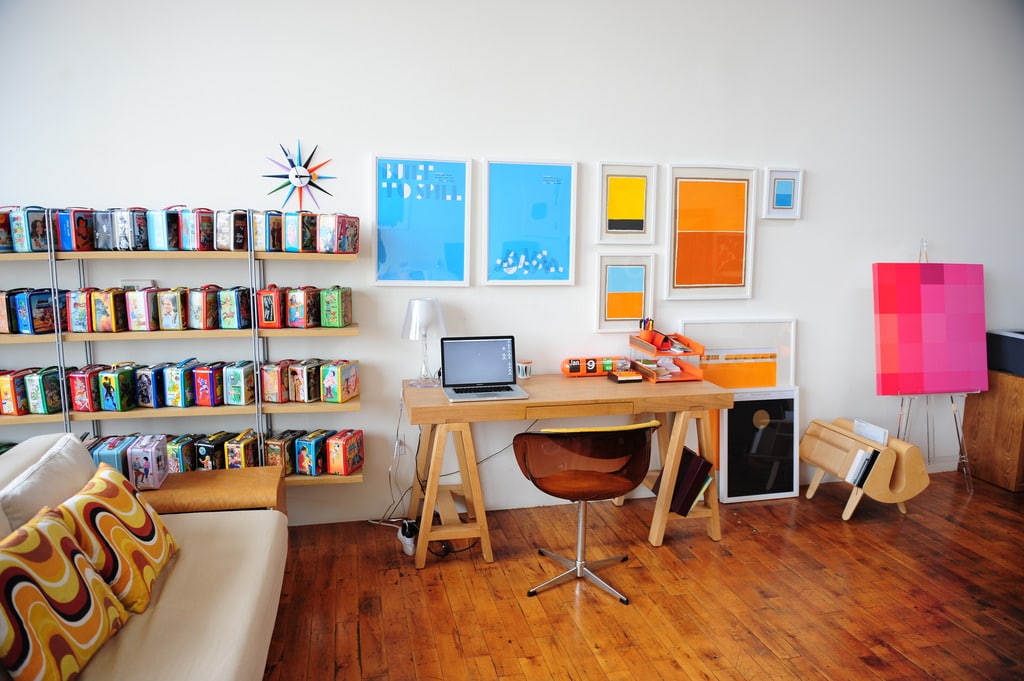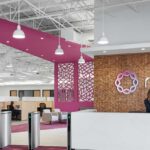
The design of your office matters. It’s not about making the office “pretty” or merely “inviting.”
Your office should reflect your company…
… and it does, whether you want it to or not.
If your office is cluttered, every client who comes in will have an immediate, unspoken impression that your company is disorganized. If it’s spartan, it may imply a lack of creativity. Every piece of furniture you add, every decision that you make should meet business goals in terms of setting your business’ cultural tone.
Design Management
McKinsey & Company CEO Mahin Samadani’s line of reasoning reflects some of what we’ve seen:
We often see companies struggling with design from a couple angles. One is just design management. Design is trending, and bringing in lots of designers and employing design thinking is very common and very popular. But that results in some changes in the organization, new ways of doing things, new ways of thinking about things, and new products. Managing through that can be challenging. It’s not as simple as just hiring a bunch of designers and creating a studio. There needs to be an organizational change and process changes—innovation management and design management, so to speak.
When you hire someone to create your perfect office, the most important component for success is your involvement. It’s important to reflect on your business values and communicate those to the company tasked with reflecting those in your finished office space.
Layout Decisions
The open office concept is a controversial one (for example, here’s Forbes advocating and disparaging this trend).
Employee surveys from reflect that in some environments, employees with closed offices have higher satisfaction rates, a problem mostly caused by the lack of sound privacy created by open offices:
The biggest differences between private offices and open-plan offices were in dimensions such as visual privacy, sound privacy, amount of space and noise level. A lack of sound privacy received the most negative responses from employees in open offices.
However, these issues are at least partially offset by greater communication opportunities and other benefits of open offices (more space for employees, greater employee perceptions of inclusiveness, etc.), and businesses are taking that step:
Acknowledging the research that shows open floor plans can inhibit employee productivity, we ensured there were plenty of options for independent work and quiet time in our new space. We added 15 small huddle rooms for team collaboration (115 employees are on our floor), which are all outfitted with video communication systems to engage with our remote employees and teams. These rooms cannot be reserved but are open for any small discussion at any time. They are heavily used.
The important thing, above all, is that these decisions are made with your company culture and values in mind. There’s a give and take here – and what’s right for your company may not be right for others!



Leave a Reply